Summary
- Final Fantasy games blend sci-fi with fantasy, exploring themes like innovation vs. nature & hidden costs of progress.
- Final Fantasy 15 offers a grounded depiction of a modern world with sci-fi elements intertwined in an intimate journey.
- Final Fantasy 7 presents an iconic cyberpunk setting in Midgar, highlighting the power imbalance between corporations and society.
Despite having the genre in its name, the Final Fantasy series has seen fit to deviate from realms of wizards, high-walled kingdoms, and battleaxes by steering into the neon-drenched world of science fiction. Magic and myth still permeate through these technology-steeped stories, even when the setting of the world bourgeons with diesel engines and pseudo-computers.
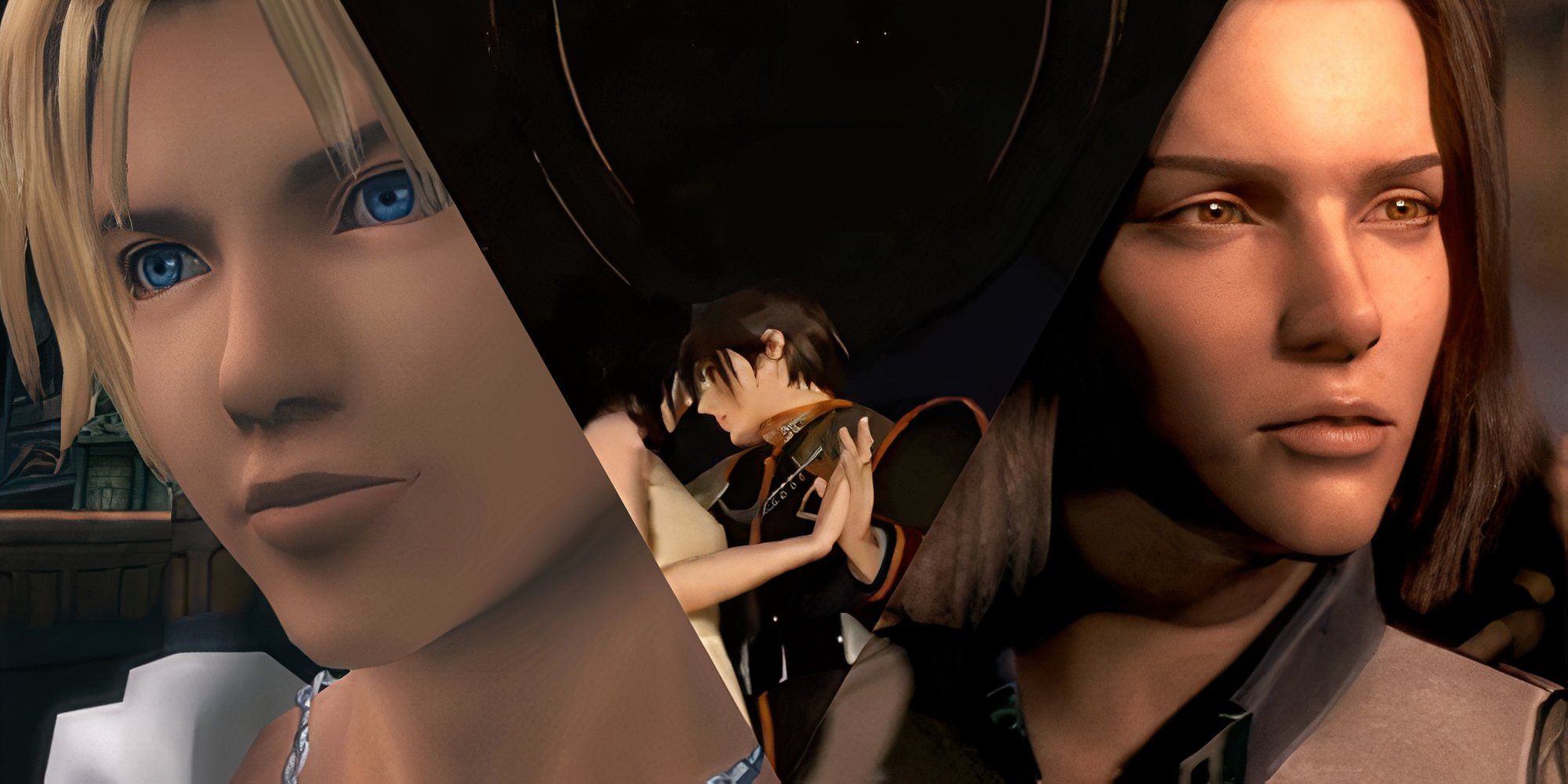
Related
7 Final Fantasy Protagonists Ranked On Their Fashion Choices
Final Fantasy protagonists tend to be some of the best-dressed characters in video games, and these are the ones who prove it.
However, science-fiction Final Fantasy games don’t only bring industrial innovations forward for flavor, but provide their own takes on the speculative-tech genre, whether it’s the tension between innovation and the natural world, technology and the limits of the human experience, and the hidden costs of progress at the hands of the machines’ masters. The following Final Fantasy games are ranked for their potency as science fiction, both in aesthetics and themes.
6
Final Fantasy 15
Grounded Fantasy With Smatterings Of Science Fiction
- Released
-
November 9, 2016
- OpenCritic Rating
-
Strong
After pursuing grandiose worlds, both in high fantasy and high technology, Final Fantasy 15 feels refreshingly grounded. Rather than thrusting players into an incomprehensibly different world, Eos might instead be seen as a mirror of the modern age, with a liberal flourish of sci-fi trimmings.
Eos includes magitek soldiers, airships, and even flying cars. However, these elements are always secondary to the intimate immersion of the coming-of-age journey and the relationships that blossom forth from it. There are, of course, some big, sci-fi setpieces throughout FF15, but Eos is a setting distinctly born out of the familiar and accented with sci-fi staples.
5
Final Fantasy 10 / 10-2
The Sci-Fi Post-Apocalypse With A Spiritual Journey
The idea of a post-apocalyptic fantasy world may be difficult to fathom, as such realms already feel in some way backward, fallen, or primitive when compared to the modern world. That’s why the opening of Final Fantasy 10 takes place in Zanarkand, an overtly futuristic city, and stars a protagonist who would not feel out of place in the real world. He may, however, be unimpressed by this world’s lack of water-shaping technologies.
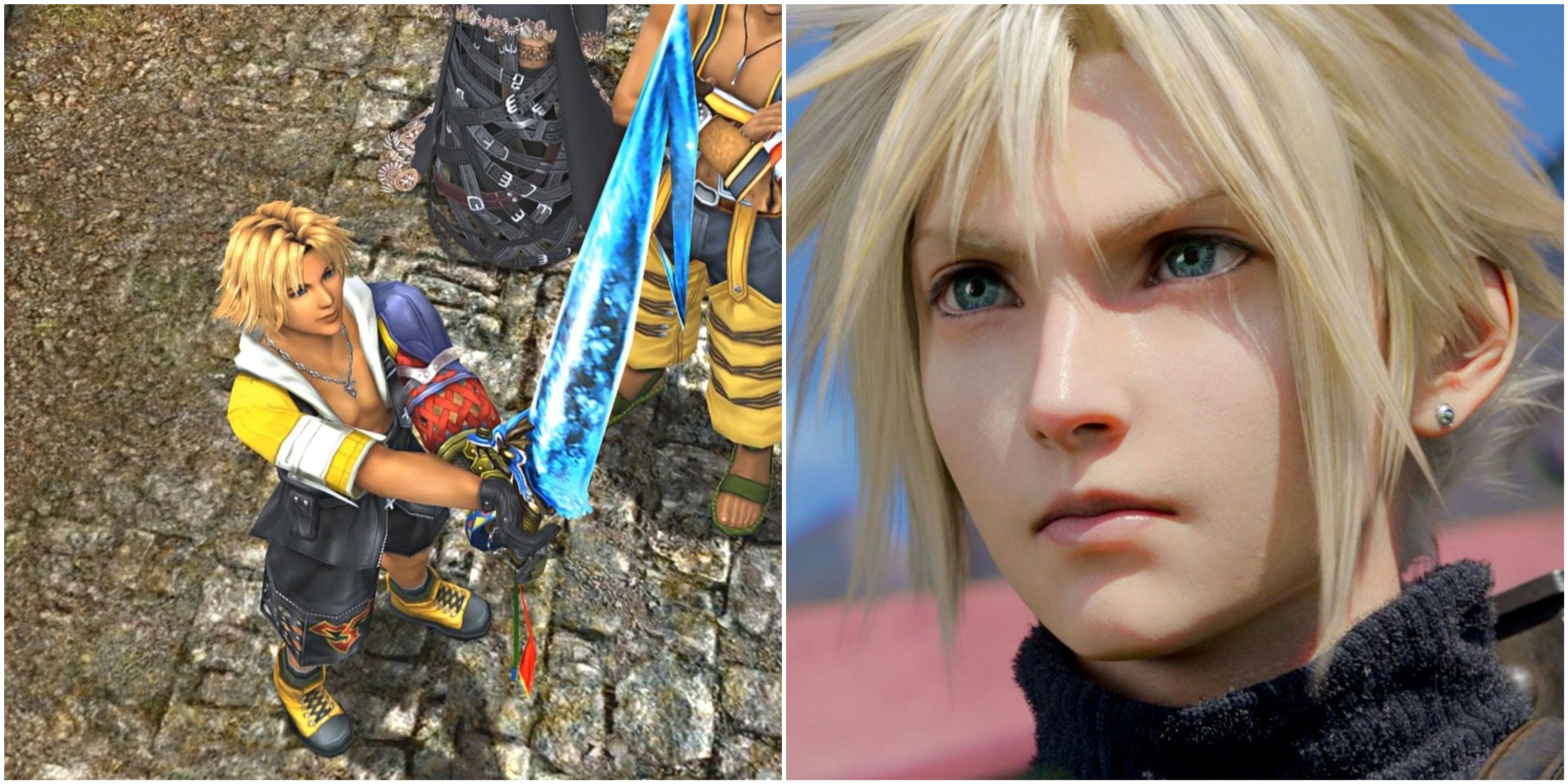
Related
Final Fantasy: 8 Games With The Most Over-The-Top Stories, Ranked
It’s hard to deny that some Final Fantasy stories can be pretty ridiculous. Here are the most over-the-top narratives featured throughout the series.
Tidus’ perspective allows the player to share the experience of seeing a world of science and tech-driven comfort torn down in favor of meager sustenance in the ever-present shadow of destruction. During his journey through Spira, Tidus encounters many old relics, ruins, and vehicles that are eventually reclaimed and turned against Sin. However, lessons about technology’s threat against all of humanity are central to the narrative, as each ruin serves as a reminder that its fall took place during the height of progress, and its collapse resulted from civilizational hubris.
4
Final Fantasy 6
Power, Steampunk, Balance, And Ruin
- Released
-
October 11, 1994
- Developer(s)
-
Square Enix, Square
- OpenCritic Rating
-
Mighty
The series’ first foray into a tech-inspired world was somewhat timid compared to later entries. Final Fantasy 6‘s World of Balance appropriately seems to be undergoing a magical-industrial revolution. Its landscape is transformed by steaming-and-aether-powered machines, which have the potential to tip the natural order into chaos.
The Final Fantasy series has always flirted with technology in some way (the original FF famously featured a spaceship in its final act), and while it does not delve as deeply into technology’s impact as later entries, its chaotic evil antagonist, Kefka, is stated to have been driven mad by techno-magical experiments that prime him towards having a disordered disposition and a lust for power.
3
Final Fantasy 13
Inequal Worlds Of Utopia And Dystopia
The Final Fantasy 13 trilogy has its fans and detractors, but its sci-fi credentials, and contribution to the genre, at least in terms of visuals, are undeniable. Themes of lies, manipulation, slavery (humans and beasts), artificial intelligence, and system-driven inequality are directly tied to its plot and, with a charitable interpretation, even its linear level design.
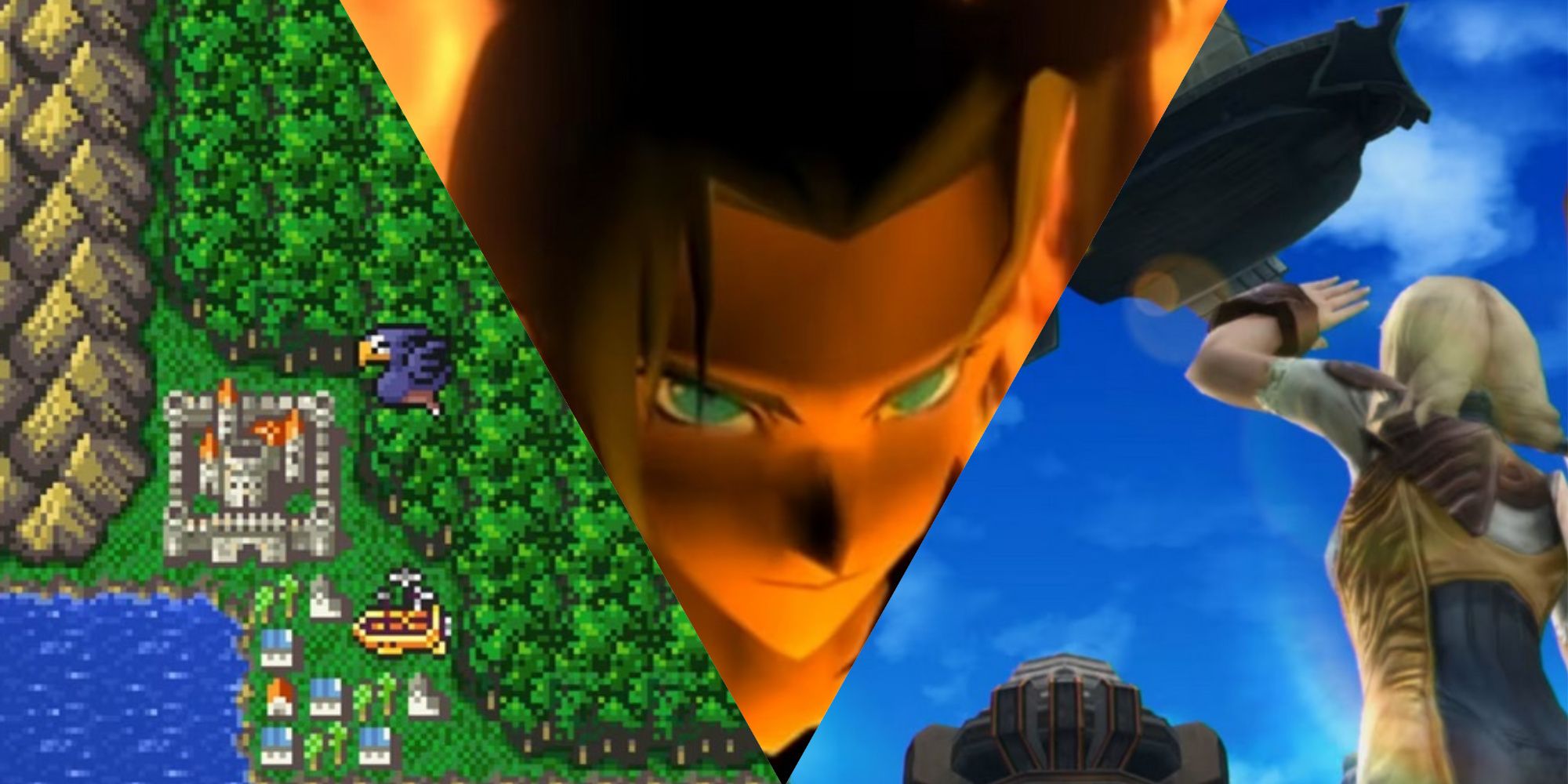
Related
6 Final Fantasy Games That Changed The Franchise The Most
Final Fantasy has been noted for its ability to change and reinvent itself, and these games had the biggest impact on the JRPG franchise’s future.
While its (largely nightmarish) world and lore are largely considered opaque and difficult to parse, those willing to delve into its logs will find an immersive sci-fi setting that complements its stellar visuals well. Later games in the trilogy double down and explore other science fiction tropes, such as time travel and parallel dimensions.
2
Final Fantasy 8
Bright, High-Tech Futurism
- Released
-
February 11, 1999
- OpenCritic Rating
-
Strong
Despite being known as being the “romance” Final Fantasy, Final Fantasy 8 hardly shies away from putting sci-fi front and center, even if its love story would work just as well in a fantasy world. However, its contribution proves that science fiction need not feel sterile or inhumane. Thanks to painstakingly beautifully pre-rendered backgrounds, Final Fantasy 8 immerses players in a world more richly detailed and expansive than anything seen in gaming before, and even in most games today.
Unlike its two predecessors, which both sought to capture another shade of the sci-fi genre, Final Fantasy 8 creates an optimistic (if sometimes war-troubled) world that oozes ornate mindfulness and brilliant color in its designs. Every aspect of the world, from architecture to vehicles and fashion, is consistently presented as clean, sleek, and modestly futuristic and seems to be made with the comfort of people in mind, even despite the threat of constant war and sorcerous tyranny.
1
Final Fantasy 7
The Cyberpunk Standout
- Released
-
January 31, 1997
- OpenCritic Rating
-
Strong
The game with a science fiction setting that comes to mind for just about every fan of Final Fantasy is, of course, Final Fantasy 7. It is hard to find a setting as iconic as Midgar, which is featured throughout its first act. The sprawling dystopian metropolis, powered by Shinra’s Mako reactors, strikingly captures the cyberpunk vibe with its towering industrial zones, neon-lit slums, and a society divided by wealth and power.
There are plenty of other science-fiction staples plastered throughout, including biotechnology experiments like Sephiroth and Jenova, the Sister Ray cannon, and giant cyborg monsters created as the planet’s protectors; the WEAPONs. Not only is there an exquisite level of science fiction world-building, but the setting feeds into the story itself. Much of the plot in Final Fantasy 7 revolves around the power imbalance between corporations and the have-nots and the ecocide that results from their insatiable desire for profit.
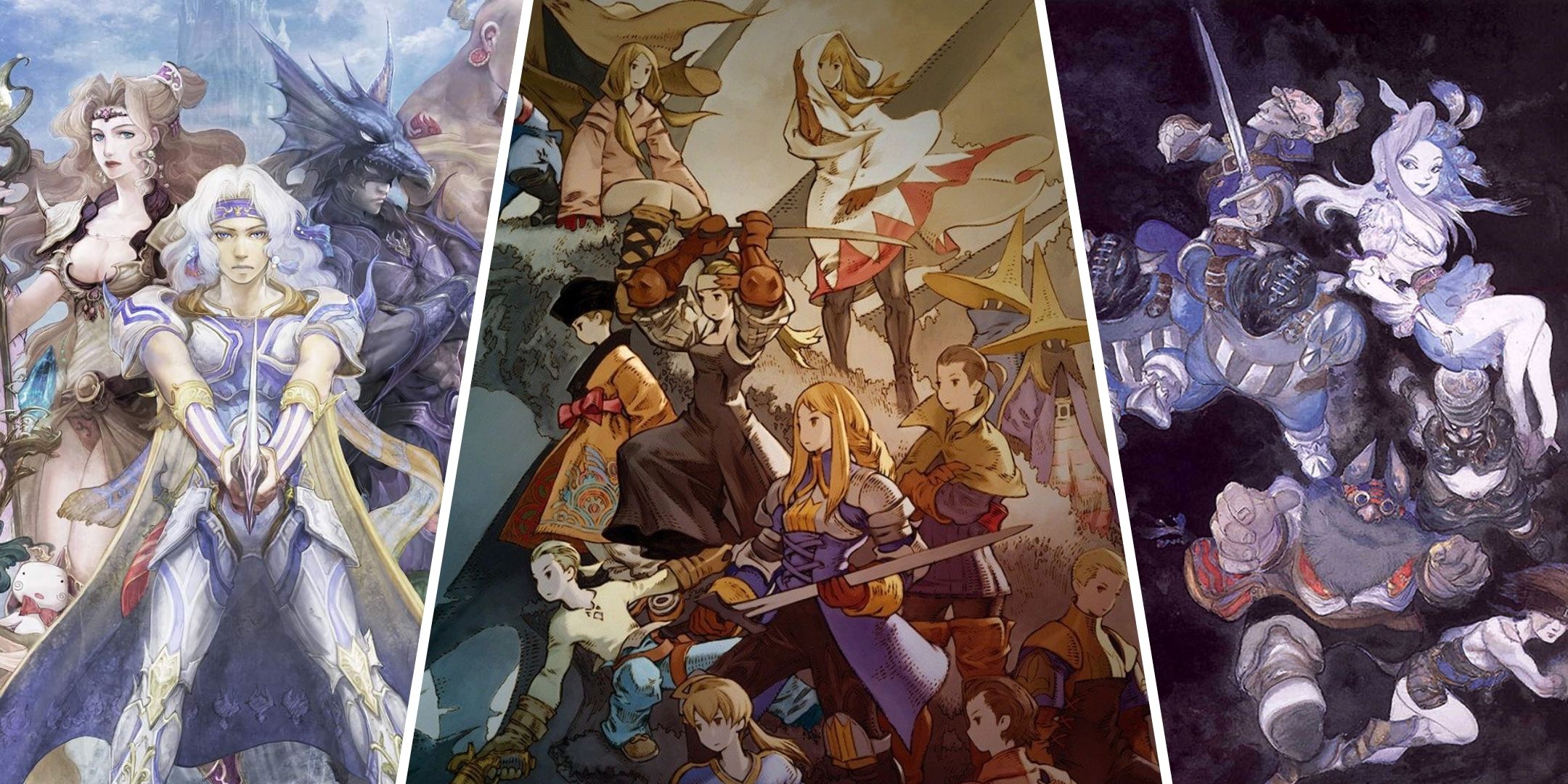
More
9 Best Final Fantasy Games Set In Traditional Fantasy Worlds, Ranked
These are the best Final Fantasy games for players who love JRPGs set in traditional fantasy settings.
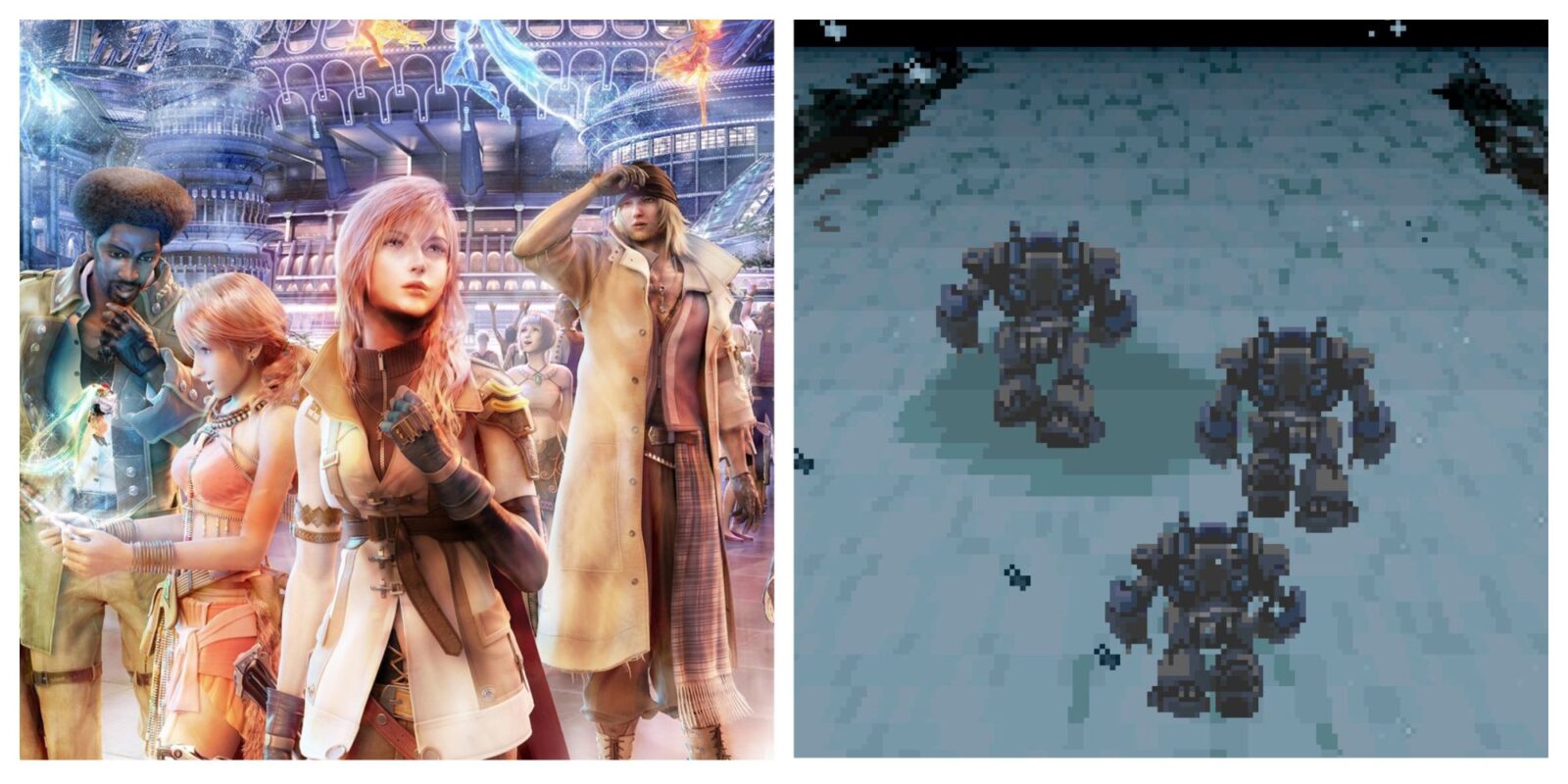







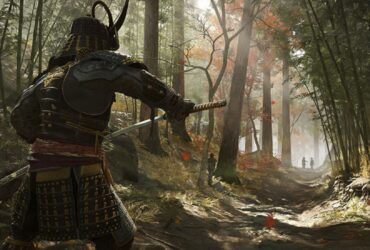





Leave a Reply